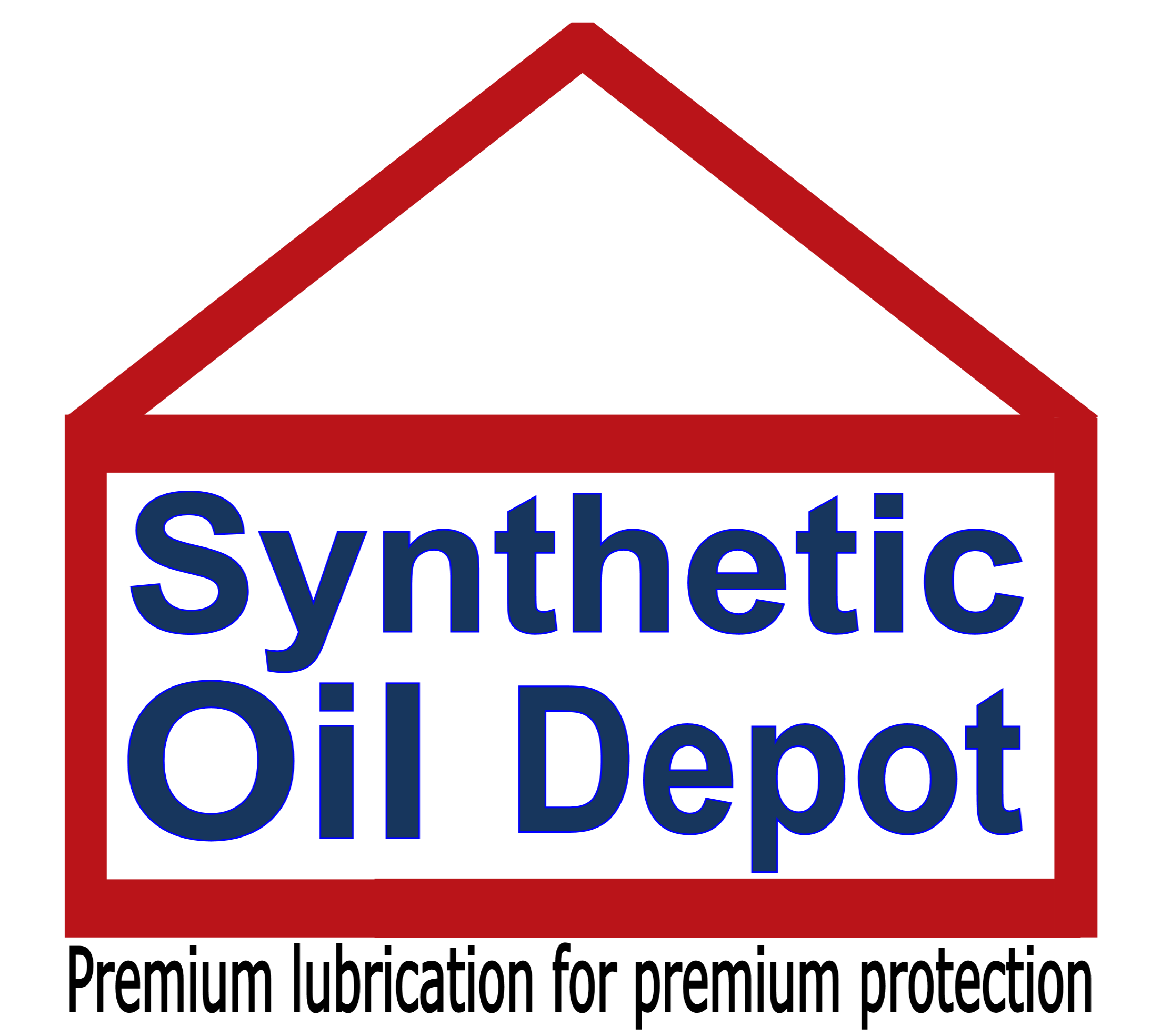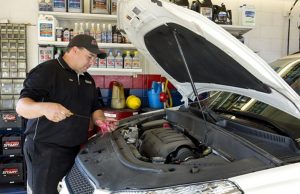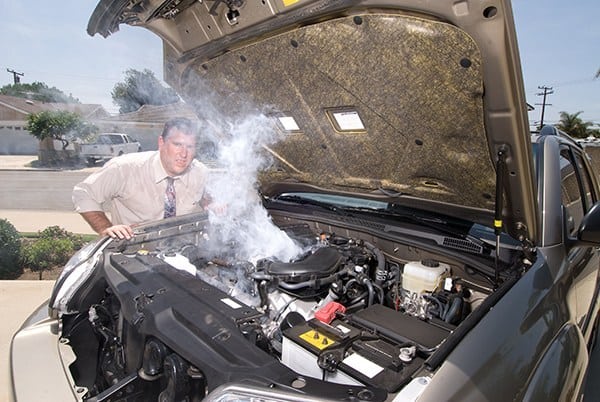
Why perform annual vehicle maintenance and what you should do every 12,000 miles?
Performing annual vehicle maintenance is an important part of owning a vehicle. The annual vehicle maintenance procedures you perform will help you prevent costly break downs, last longer, and increase the resale value.
By performing annual vehicle maintenance you also have the opportunity identify issues that may be developing in car parts not covered by your monthly checks. By identifying these issues early, you have the opportunity to plan for the work and prevent more expensive repairs. By planning, I mean, you can save money up for repairs and also schedule the repairs at your convenience.
The recommended annual vehicle maintenance tasks include checking your suspension, steering, brake, windshield wiper and cooling systems for worn or damaged parts and replacing them. It also includes checking all fluid levels and topping off or changing the fluids, which includes your oil and filter.

If you’ve been keeping up on your monthly maintenance tasks, then your annual vehicle maintenance should be fairly easy. If you are uncomfortable or not sure about performing any part of this annual vehicle maintenance, then schedule a visit with your mechanic for a yearly inspection and completing these annual maintenance tasks.
Read on to see what parts you should be looking at and what to look for during this annual inspection.
Your car’s parts take a beating daily from things like poor roads, potholes, railroad tracks, dust, dirt, rain, snow, salt and unavoidable debris you hit while driving. Despite improvements in design and manufacturing, problems still occur from time to time because of all the wear and abuse they take.

Your steering and suspension parts include shock absorbers, struts and chassis parts, such as ball joints, tie rod ends and other related components. There are a number of signs and symptoms that indicate there is a problem that needs to be looked at. Here are some of those indicators that you should be looking for.
Shocks: you’re shocks absorb bumps and when you begin to notice more bouncing after a bump they could be worn out. Looking for leaking fluid is also a sign you need to replace your shocks.
Struts: Some vehicles have struts instead of shocks. If you hear a knocking sound when going over bumps is a common sign of trouble.
Springs: Your springs are an important part of your car’s suspension. They are what hold the weight of the car and as they wear, they can sag or break. If your car is on level ground and one corner is lower than the others, that’s a sign of a damaged spring. You can also measure the height of the corners to make sure you are correct. You may hear a clunking noise when going over bumps and the car may be difficult to corner with, because the damaged spring can’t control the weight of the vehicle.
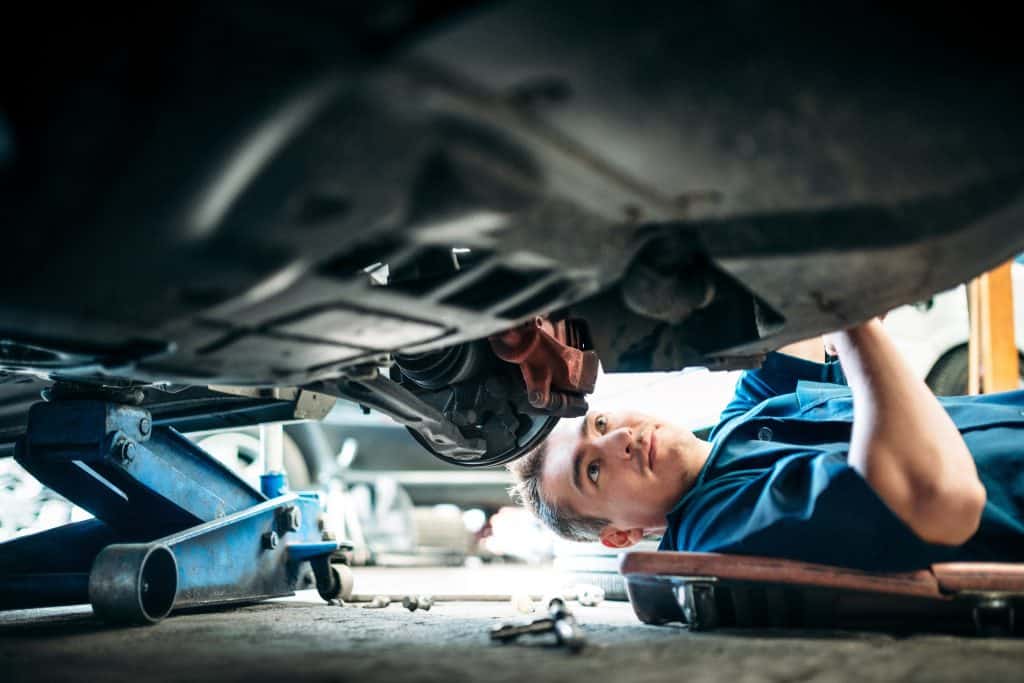
Control Arms: your control arms are hinges that hold the wheels to the frame and connect the steering to the wheels, so when you turn one, the other responds. There are 2 control arms on your car, an upper and a lower control arm. The Lower control arm bushings are more prone to wear out on front-wheel-drive cars than on rear-wheel-drive cars.
Bushings are the rubber and/or metal parts that help absorb shock. When they wear, they can cause ride and handling problems and accelerate tire wear.
A bent control arm can also cause the same issues. Signs of problems include clunks or rattles, because the wheels are moving back and forth during acceleration and braking. You may also feel loose or imprecise (sloppy) steering.
Ball Joints – Are pivot points that attach the suspension to the wheels. They absorb some of the bumps from up and down movement and rotate as the steering angle changes. Signs they need replacing are when you can hear them squeaking and creaking when turning. When looking at them, they can be cracked and loose causing excessive movement when “wiggling” them by hand.
If you wait too long, a ball joint can break and cause suspension parts to drag on the ground. If you are not sure if they are bad, your mechanic can tell if they need replacing.
Your Wheel Alignment is off – Many people don’t associate that when their wheels are out of alignment, there may be problems with worn parts in the suspension and steering. Hitting pot holes and curbs can cause the wheels to move out of alignment which can also cause increased wear on your suspension and steering parts.
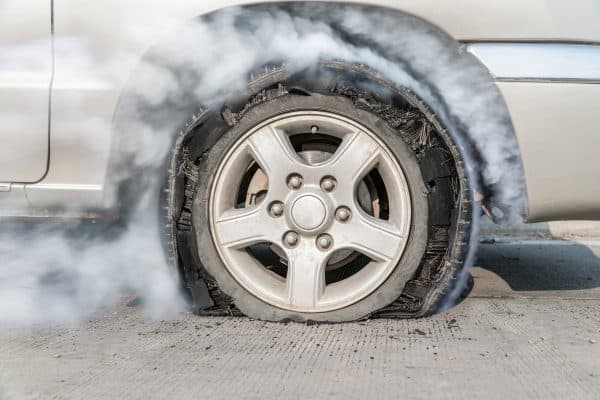
The wheels have to be pointed in the right direction (literally) and aligned for toe-in, camber and caster. If they aren’t, your steering won’t be centered when you’re going straight. This causes tire wear to increase. Unfortunately, fixing wheel alignment won’t fix your other suspension and steering parts issues, if they are already damaged.
Uneven tire wear indicates an issue and can even begin to point you in the direction of what other parts need closer inspection. If you are not comfortable checking your tires or you notice uneven tire wear, your mechanic will be able to help you diagnose further.
Brakes
Your Brakes perform a vital function for you, they make your car slow down and stop. Checking the entire brake system every year, including brake lines, pads, rotors and drums, will let you know if there is an issue developing like a sticking caliper, low brake pad material and rusted brake lines.
If you hear screeching, grinding, squealing, rubbing, and other eardrum-piercing noises, they are common indicators that your brake pads & shoes require inspection. This should be addressed before worn pads cause damage to other parts, which could result in more expensive repairs.
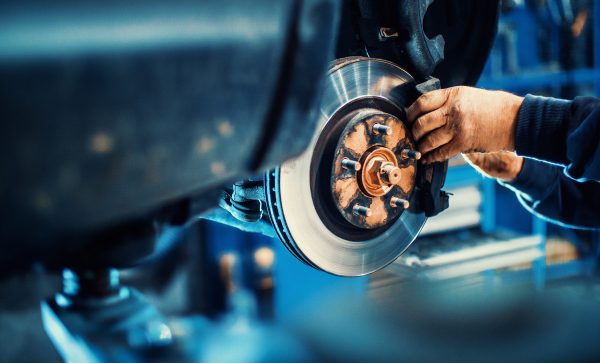
If you feel Vibrations or pulsations in your pedal or your steering wheel, that is telling you something. Stop as soon as possible and inspect your brakes or have your mechanic inspect them. This is usually caused by metal on metal rubbing and your rotors might get warped costing you a lot more in repairs.
Are you are pressing down farther on the pedal to slow down or stop? This sign is not as common as it used to be. However, if you’re pressing farther down on your brake pedal requiring more pressure and time to slow or stop, you have entered the first stage brake pad wear. This is not something to mess around with, as you can only press the pedal so far before the “I have no brakes” excitement starts.
If you have a pungent burning smell or smoke near your tires, this is a “help needed” sign. As soon as you detect noxious odors emitting from your tires, stop what you’re doing and call your mechanic or begin inspecting your brake system.
The brake inspection is the best way to see what part of your brake system has been compromised .
Oil and Filter Change
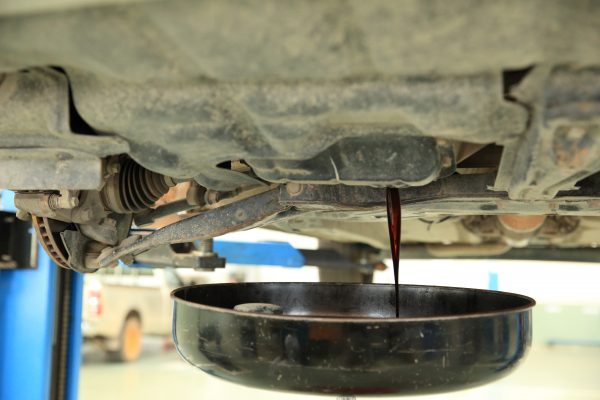
Here are some reasons why you should change oil routinely.
We know that changing your engine oil is very important, but do you know why? While the oil itself doesn’t go bad, the additives that give motor oil its performance qualities can wear out. Starting with a high quality synthetic motor oil like AMSOIL, will give your engine the optimum start to providing the protection qualities it needs.
Oil Maintains engine lubrication. Todays engines are manufactured with extremely tight tolerances between moving parts, so the protection film that prevents wear damage is very thin. Engines, also have small passages for oil to move through to lubricate the internal parts.
All the moving parts like: pistons, valves, cams and other engine parts move at high rates of speed under the hood of the car. These components create heat, break down the oil additives and will wear down the metal engine parts dramatically without proper oil lubrication.
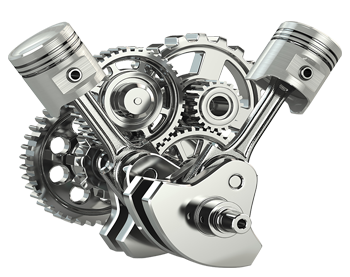
Technology like the start / stop function of some engines, causes oil to fall back into the pan while the engine is off. Again, the thin wear protection film is what’s left to prevent wear damage each time the vehicle starts. Every time a vehicle starts the oil molecules also face shear forces that try to tear them a part. This can wear an oil down faster than normal.
Oil cools engine components. Moving parts create friction if they aren’t properly lubricated, which in turn creates heat. Todays engine are also smaller and more compact, so engine heat is not as easily dissipated, causing warmer engine temps.
Engines are using turbos, direct fuel injection and newer technologies to increase fuel mileage. One of side effects to these technologies is increased temperatures of parts in the combustion chamber and other areas of the engine. Oil is what is used to cool them down.
Oil cleans and removes engine wear particles and sludge. As an engine runs and the oil wears down; sludge, varnish and dirt / metal particles build up in the oil. These contaminants are deadly to engines.
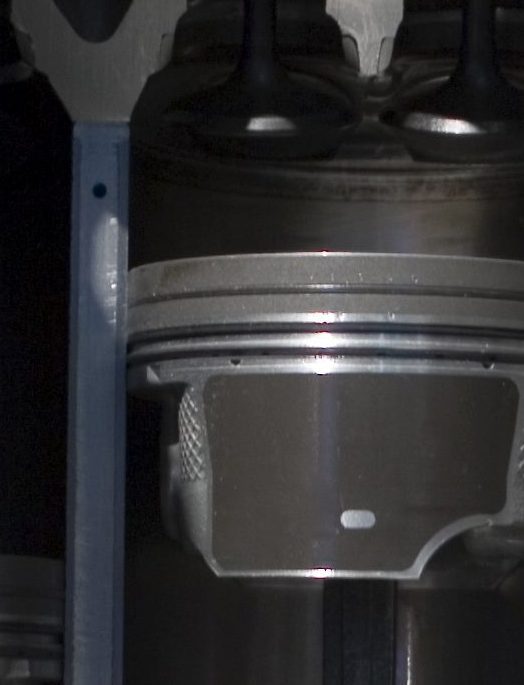
Over time metal wear particles and dirt can cause corrosion and scuffing that decrease the life of an engine. Also as oil breaks down and turns to “sludge, the narrow passages that lubricate internal parts become clogged and limit lubrication.”
The goal is to keep the engine clean to prevent more wear damage. Synthetic oils are proven to outperform conventional oil in the the ability to resist sludge formation. Premium oils using Premium additives help clean whatever sludge buildup you have better. They also allow the oil to keep the sludge suspended and more easily flushed out during an oil change.
This is where using a high quality oil filter helps the oil out. Filters help catch the sludge and other contaminants between oil changes. Trying to keep your oil as clean as possible.
Read this article for more information on premium AMSOIL oil filter construction.
Oil Improves gas mileage. Poor engine lubrication can lead to decreased fuel mileage. As the cost of fuel rises, the more it costs you to fill up more often. Clean oil helps you save money.
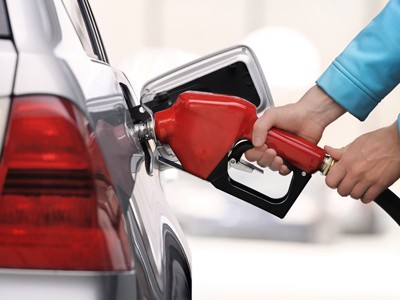
The U.S. Department of Energy has stated that using the right kind of oil with routine changes can improved gas mileage over time by 1-2%. While, that doesn’t sound like much of an improvement, for the average car, it leads to savings of an entire gallon of gas for a year. If you run a fleet of vehicles, those savings can add up.
Good oil increases vehicle engine longevity and can increase resale value. Plain and simple, routine oil changes make your engine last longer. Buildup from dirty oil robs a vehicle’s fuel economy and power and makes internal components work harder.
An engine that works too hard will end up having more problems down the road as well as a shorter life span. Increased costs for maintenance and fuel, costs you the owner in the short term, while newer vehicle purchases costs a lot more over the long term. Using premium synthetic motor oils helps reduce the workload of your engine.
According to Kelley Blue Book, used car values can increase at resale time, if regular maintenance has been performed and is documented.
By changing the oil, you replenish the additives to provide the performance qualities like lubrication, cooling, contaminant cleaning and removal for the engine. New oil filters help clean the circulating oil by trapping more contaminates.
Here is an article discussing the functions of additives in your oil.
Coolant System
The cooling system in your car or truck has an extremely important job. It keeps the engine temperature regulated during operation. In most vehicles, the cooling system consists of the radiator, fan, a thermostat, water pump and a series of hoses that coolant runs through in order to keep the heat down inside the engine.
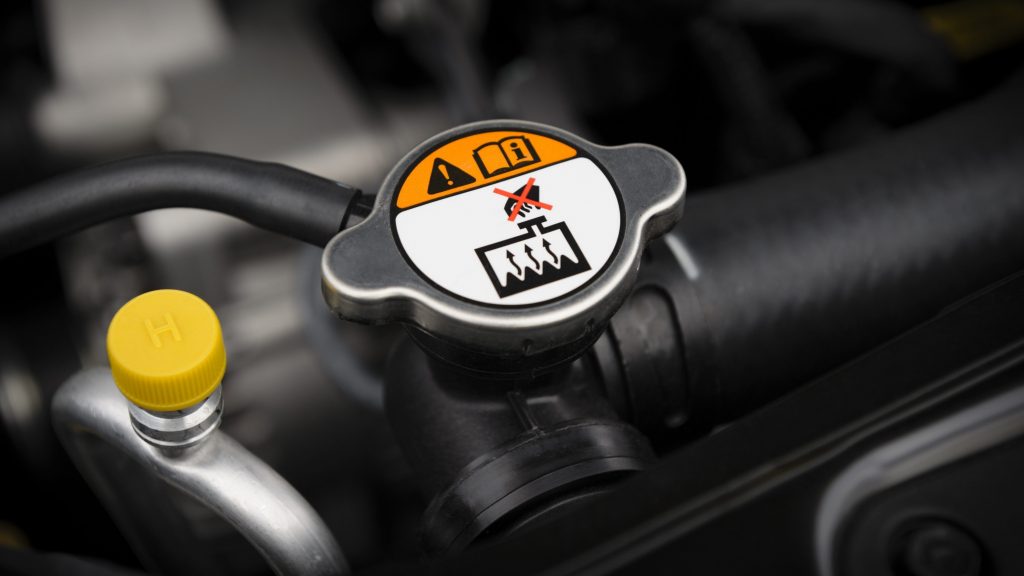
A faulty cooling system can lead to serious engine trouble, such as a blown head gasket, or worse, complete engine failure. Engine Failure would require extensive and costly repairs. At the first sign of cooling system trouble be sure to check your cooling system or head to your mechanic to have the issue resolved.
Heres what you should be looking for when you check your cooling system, during the annual vehicle maintenance.
Low Coolant levels – If you find that the coolant level is low, it may mean that the liquid is being burnt up or is leaking from somewhere else. You may also smell a “burnt coolant smell” in the area of the leak. If no visible signs are present of a leak, you should talk to your mechanic about further diagnosis and repair.
Visible coolant leak- if you spot a coolant leak and find the source, fixing it could be as easy as replacing a clamp or a hose. Look at your water pump and see if its leaking from there. In many vehicle these are easy to replace in the driveway in a few hours, but your mechanic is always available.
While this list seems fairly long, some of it can be completed by taking a drive around the block and listening to see if your car is telling you something. The other stuff can be done in the driveway while you are changing your oil and filter.
For some people, the states they live in require an annual inspection. Its still a good idea to complete a maintenance check like this to help prevent unexpected repairs at the state inspection. It also helps you plan repairs instead of being stuck at the last minute with no car to drive.
Now that you looked for problems with the big parts, what should you actually be doing during your annual maintenance. Things like replacing fluids, wipers and light bulbs and checking belts.
Replacing Fluids
Besides motor oil, you should be changing your power steering fluid, brake fluid, transmission fluid, transfer case fluid, differential fluids and coolant. Those items have change intervals specified in your owners manual. Most are suggested every 2 years, but also have a mileage requirement that may be met sooner.
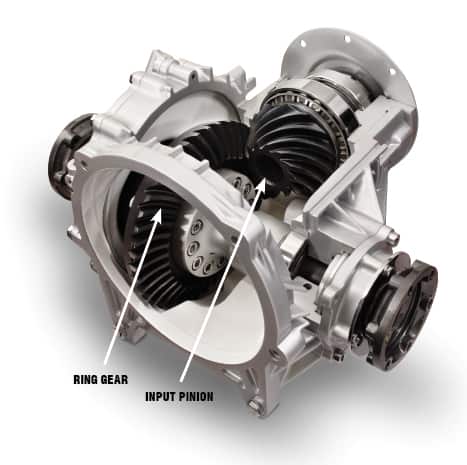
These fluids are abused just like the rest of your car parts and replacing them can help reduce costly repairs. If you are in-between fluid change intervals, them make sure your fluids are topped off.
Replace your filters. Besides your oil filter; your transmission, fuel system, air filter and passenger cabin air filters should be changed. These often forgotten filters, protect vital components of your vehicle.
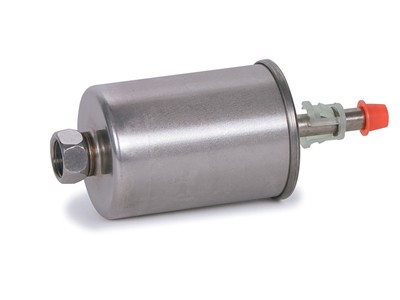
Here is an article discussing why AMSOIL oil filters are the best.
Replace Wiper Blades
Replace you windshield wiper blades and make sure fluid is full to help you see better. If your wipers are torn, they can scratch your windshield requiring replacement, which can cost a couple hundred dollars and a few hours to replace.
Are Your Bulbs Burned Out
Check for burned out bulbs in your head lights, turn signals and brakes. Replacing these is for your safety, but will prevent you from being stopped by police to remind you those are not working.
Who Are You Going To Call
If you are not comfortable doing these checks and fluid, filter and bulb changes, ask your mechanic to schedule this service for you. Some mechanics can even automatically schedule your maintenance each year and send you reminders.
As you can see, these are simple, but important maintenance items that are often overlooked. By scheduling them at the same time each year, they become a habit. This habit, helps protect your investment in your vehicle for a long time.
If you use high quality synthetic fluids to begin with and change them as required, you should be able to help prevent major issues. This will also allow you time to prepare for replacement of items that just wear out due to use.
Related Questions

Should I schedule annual vehicle maintenance by mileage or by a time frame?
You should use a combination of them. Most fluids have a maximum mileage and time frame recommended for replacement and you should follow those. However, the parts on your car are considered wear items and should be inspected at recommended intervals to determine if replacement is needed.
Why is there a time limit on motor oil?
Even when you’re not driving, chemical changes take place within motor oil that lead to degradation and the need for an oil change. Although synthetic base-oil molecules are naturally much more resistant to oxidation than conventional base-oil molecules, they eventually succumb to oxidation’s attack. Oxidation can lead to increased oil viscosity, which causes the formation of harmful deposits and sludge. So a time frame is used to help prevent oil from degrading too much.
Check us out at the Synthetic Oil Depot, for more information on synthetic oils and greases.
Download the Latest AMSOIL Product Catalog

editorial policy
